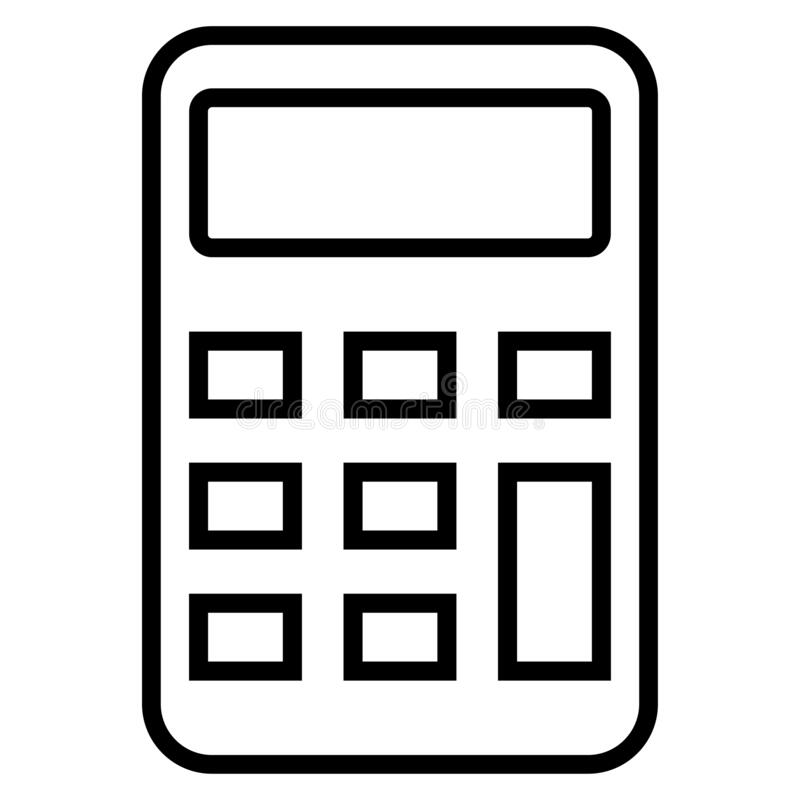Cladding and your Rental Property
It’s crucial to ensure that your rental property meets all the necessary safety regulations. In recent years, cladding has become a major concern for landlords. Following the tragic Grenfell Tower fire in 2017, there has been increased scrutiny of building materials and safety regulations, including the use of cladding.
In this guide, we’ll explore the topic of cladding in rental properties and provide you with everything you need to know as a landlord.
What is Cladding?
Cladding refers to the material used to cover the exterior of a building. It can be made from a variety of materials, including metal, stone, brick, and wood. Cladding is used to protect the building from the elements, enhance its appearance, and increase the performance of existing insulation.
Free Landlord Resources

Free Instant Valuation
See how much your property could get in rent.

Fee Saving Calculator
See how much you could save on property fees.
Yield calculator
Calculate your rental yield with our simple tool
Compliance Guide
Download your complete landlord compliance guide
Why is Cladding Important for Landlords?
It’s your responsibility to ensure that your rental property is safe for your tenants. This includes ensuring that the building’s cladding meets all the necessary safety regulations. In the event of a fire, faulty cladding can spread the flames quickly and put lives at risk.
Types of Cladding Materials
There are several types of cladding materials commonly used in buildings, including:
- Aluminium composite material (ACM)
- High-pressure laminate (HPL)
- Timber
- Brick
- Stone
- Metal
Each material has its own benefits and drawbacks, and it’s important to choose the right one for your property.
Regulations for Cladding in Rental Properties
Following the Grenfell Tower fire, the UK government introduced new regulations for cladding in buildings over 18 metres tall. These regulations require building owners to carry out extensive testing and remediation work if they have unsafe cladding.
If you own a rental property that is affected by these regulations, you will need to take action to ensure that your building is safe. This may involve replacing the cladding or carrying out other remediation work.
What to Do if Your Property has Cladding?
If you own a rental property that has cladding, it’s important to determine whether it meets the necessary safety standards. This may involve carrying out testing or inspections to identify any potential risks.
If your property is found to have unsafe cladding, you will need to take action to ensure that it is safe for your tenants. This may involve replacing the cladding or carrying out other remediation work.
How to Ensure Your Rental Property is Safe
There are several steps you can take as a landlord to ensure that your rental property is safe:
- Stay up-to-date with the latest regulations and guidelines for cladding and building safety
- Carry out regular inspections and maintenance to identify any potential risks
- Ensure that your tenants are aware of the building’s safety features, including fire exits and extinguishers
- Work with a qualified and experienced contractor to carry out any necessary remediation work
FAQs About Cladding in Rental Properties
Q: What is the responsibility of landlords when it comes to cladding?
A: Landlords have a responsibility to ensure that their rental properties meet all the necessary safety regulations, including those related to cladding.
Q: What should landlords do if their property has unsafe cladding?
A: Landlords should take immediate action to identify and address any unsafe cladding in their rental properties. This may involve carrying out testing or inspections to determine the extent of the problem and taking steps to remediate it. It’s also important to communicate with tenants about any necessary safety measures and keep them informed about the progress of any remediation work.
Q: How can landlords ensure that their rental properties are safe from cladding-related risks?
A: Landlords can take several steps to ensure that their rental properties are safe from cladding-related risks. This includes staying up-to-date with the latest regulations and guidelines, carrying out regular inspections and maintenance, and working with qualified and experienced contractors to carry out any necessary remediation work.
As a landlord, it’s essential to stay informed about the regulations and guidelines for cladding in rental properties. By taking the necessary steps to ensure that your rental property is safe, you can protect your tenants and avoid potential legal and financial issues. Remember to stay up-to-date with any changes in the regulations and work with qualified professionals to ensure that your property meets all the necessary safety standards.
Free Landlord Resources

Free Instant Valuation
See how much your property could get in rent.

Fee Saving Calculator
See how much you could save on property fees.
Yield calculator
Calculate your rental yield with our simple tool
Compliance Guide
Download your complete landlord compliance guide

Meet Sam your local Expert
Sam has a wealth of experience across the private landlord and Build to Rent sectors. He has advised a wide range of clients across the whole of London on how to find great tenants, improve their assets and effectively market their properties for the best returns.
Our Trusted Partners





See if we can save you Money
As Featured on






